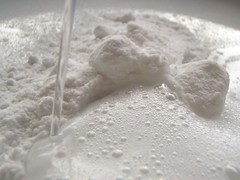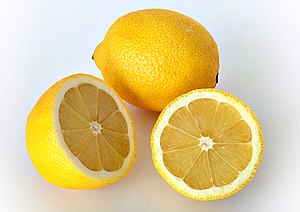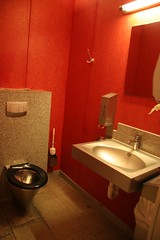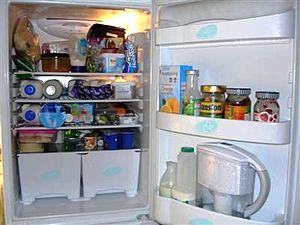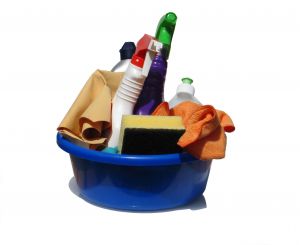Green cleaning is a practice that shouldn’t stop at the office, but should be done at home as well. Certain commercial green cleaners can be expensive when purchasing for personal use. There are many at home substitutes that you can make on your own with ingredients found at your local supermarket that have been working wonders for years! After researching many different “concoctions,” below are the top three basic at-home ingredients for green cleaning. Keep in mind to test all cleaners on a small area of the surface to be cleaned first to ensure there won’t be an unwanted reaction.
Vinegar: If you are looking for an all-purpose cleaner, vinegar is the way to go. Mix equal parts vinegar and water in a spray bottle to work as a natural disinfectant and deodorizer. The acidic properties of vinegar make it a perfect agent for cutting grease, mold, mildew, and certain stains. Also working as a great solution to mop your floors, mix ¼ cup of white vinegar and 30 ounces of warm water in a spray bottle and spray on a cloth and wipe wood floors. If the smell of vinegar bothers you (as it does most of us!) do not fret, it disappears as the solution dries! *TIP- when carefully combined with baking soda, it makes a great foaming toilet cleanser.
ALWAYS remember do not use acidic cleansers on tile and grout for it eats away at the grout, and it is also not recommended for use on marble surfaces.
Baking Soda: Most commonly baking soda is used to remove smelly odors but can also be used to clean, deodorize, soften water, and scour. Baking soda can be used to scrub surfaces similar to commercial nonabrasive cleaners; sprinkle on counter tops and scrub with a damp sponge. If that isn’t quite doing it for you, knead a mixture of baking soda and water into a paste and let set on stains then scrub off. This technique also works great on stainless steel sinks! *TIP- Is pet odor ruining your carpets? Sprinkle baking soda over carpeting and let set for 30 minutes than vacuum- POOF, odors vanish!
Lemon: Lemons are one of the strongest food acids which are highly effective against most household bacteria, therefore making them a great green cleaner! The acidic properties of lemons make them a natural degreaser and soap scum/hard water deposit buster! Lemons work great as cleaners in the bathroom and kitchen. Try cutting a lemon in half and sprinkle baking soda on the cut section then use that to scrub countertops or sinks. If you’re having problems with a stinky drain or garbage disposal, try putting lemon rinds in the disposal and running it. If it is a smelly drain, try running hot water after squeezing lemon juice down the drain. *TIP- Try mixing ½ cup of lemon juice with 1 cup olive oil and using it as hardwood furniture polish. The citrusy smelly of lemon reminds everyone of cleanliness!
Remember to test all cleaning solutions before using and use your own discretion.
For more cleaning tips and tricks follow Envision Commercial Cleaning on twitter @ENVISIONCLEAN or ‘like’ us on facebook at Envision Commercial Cleaning!
